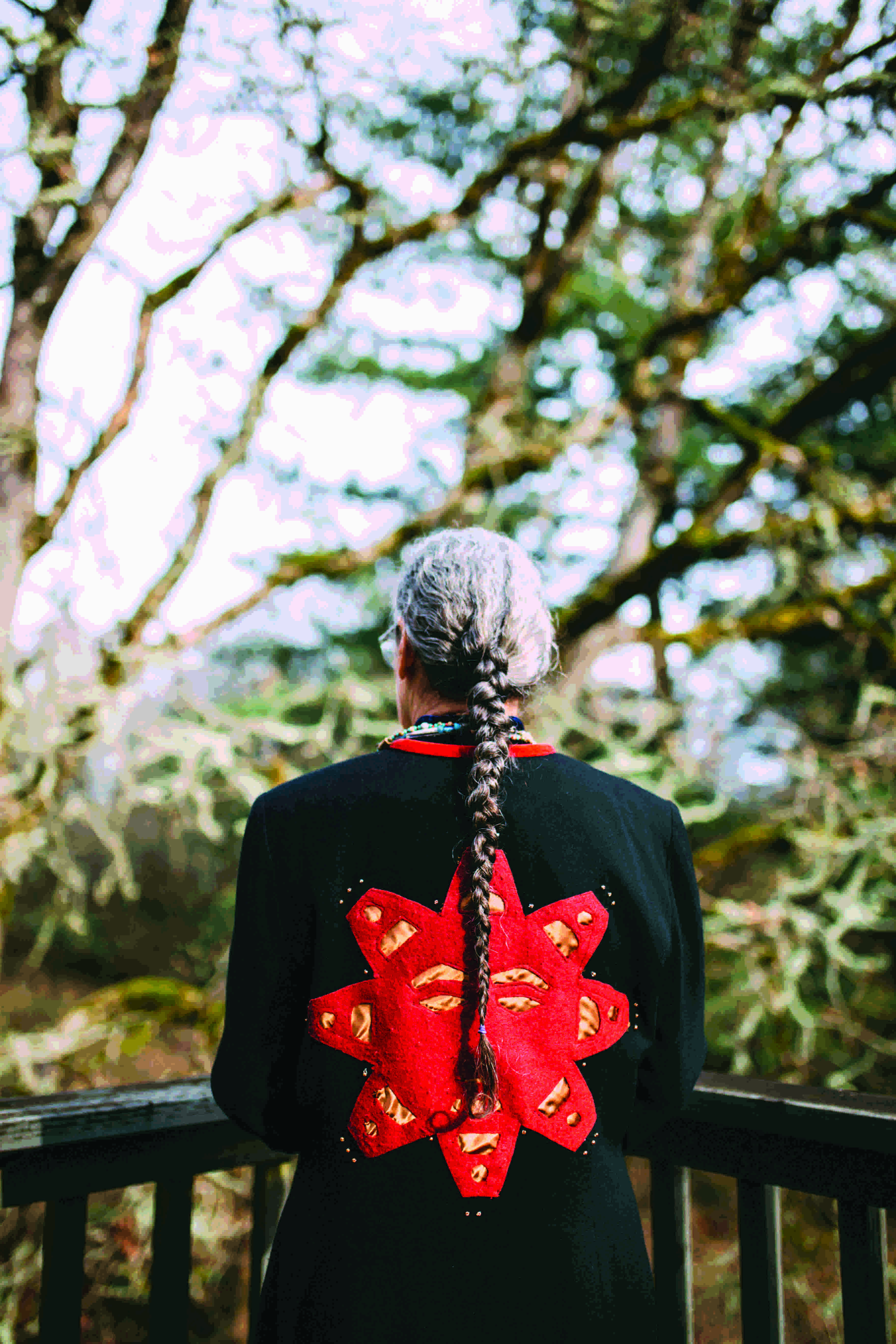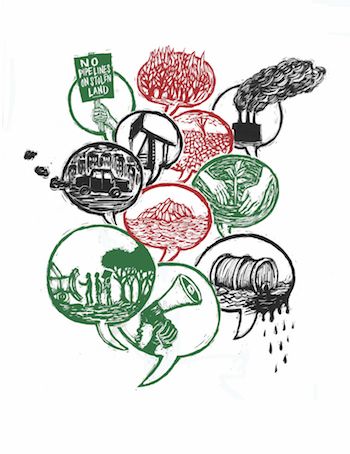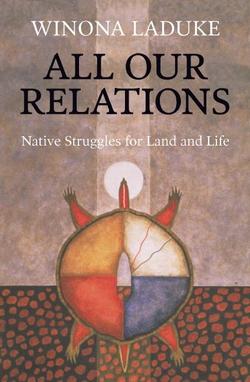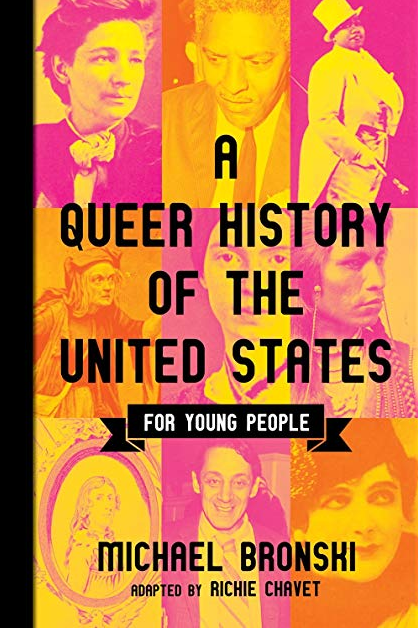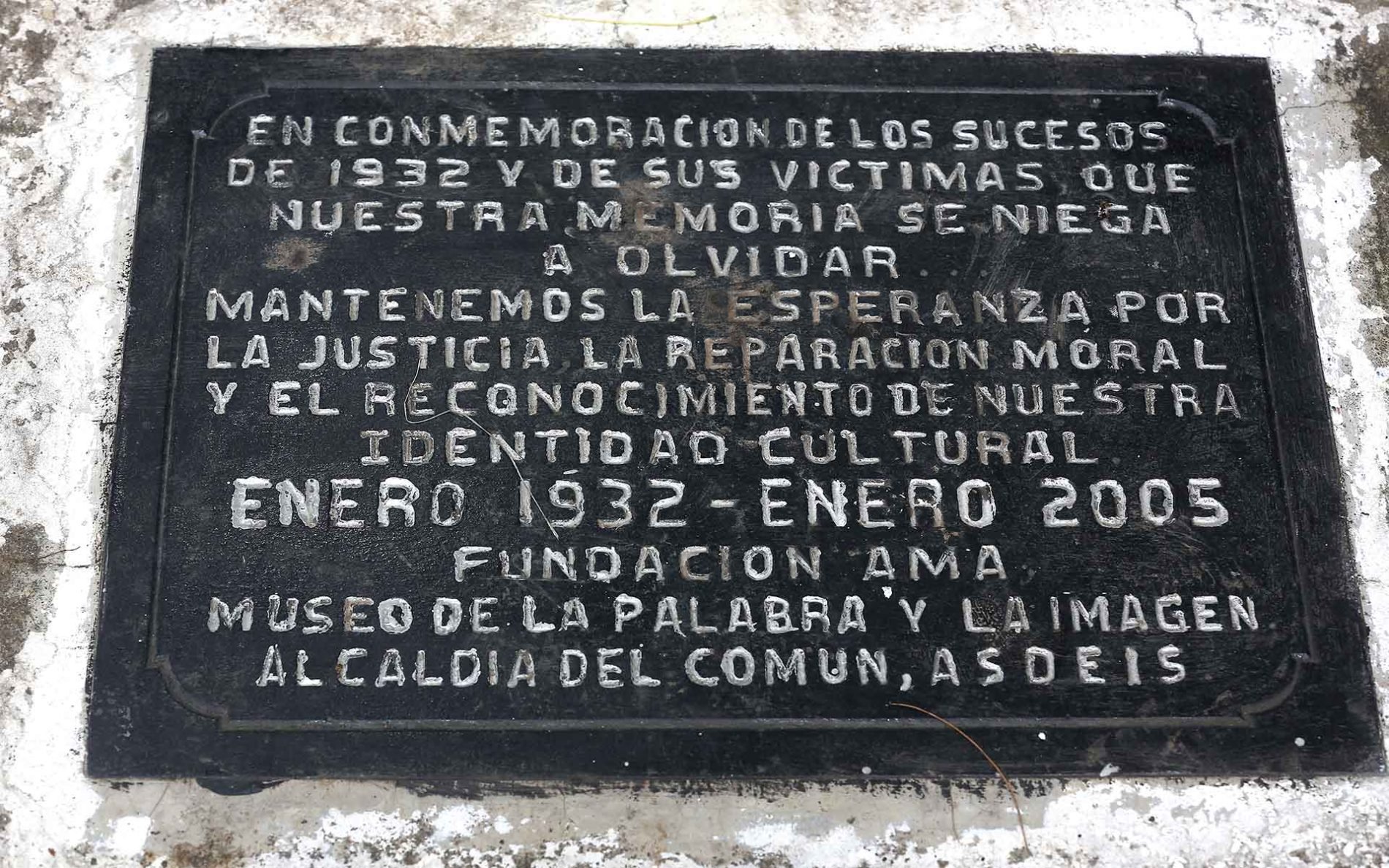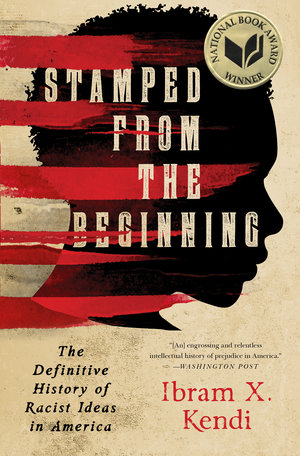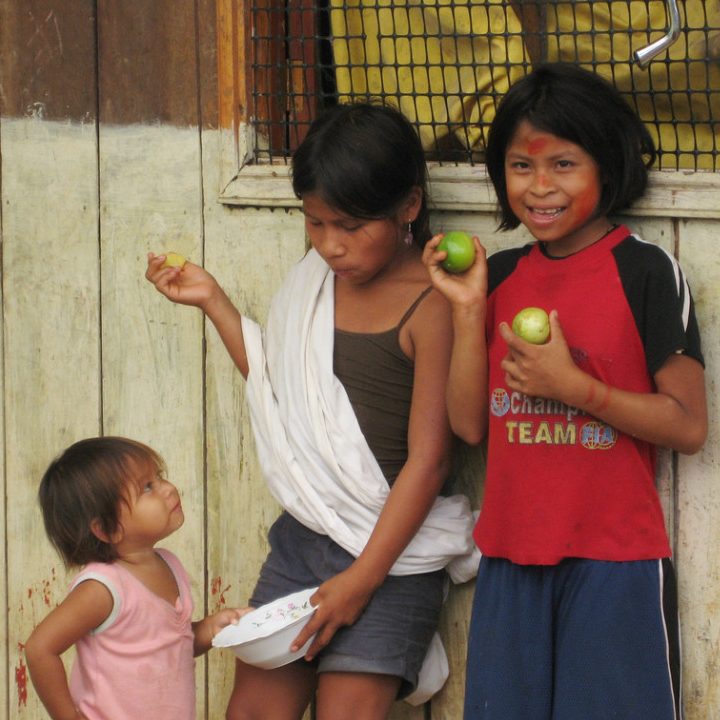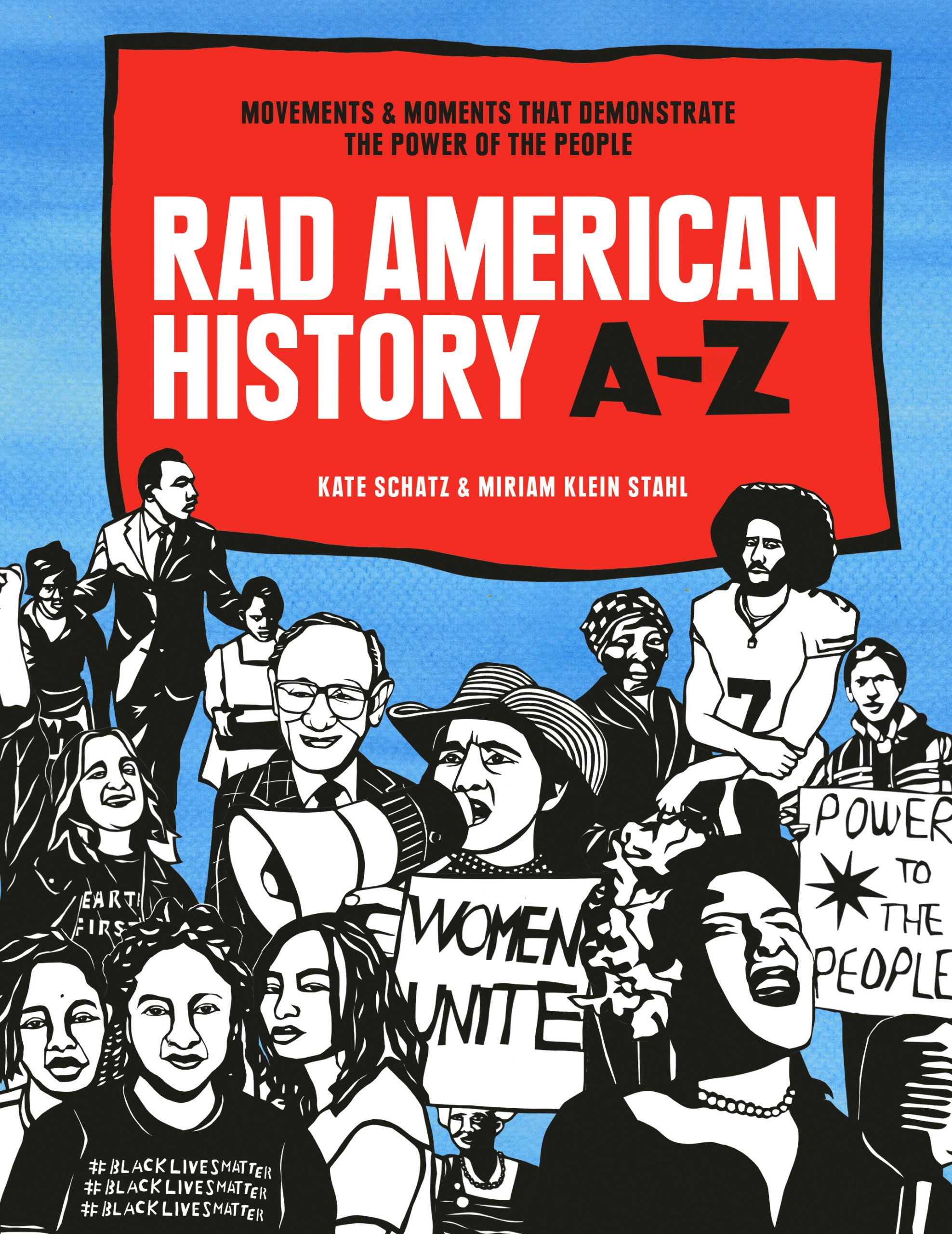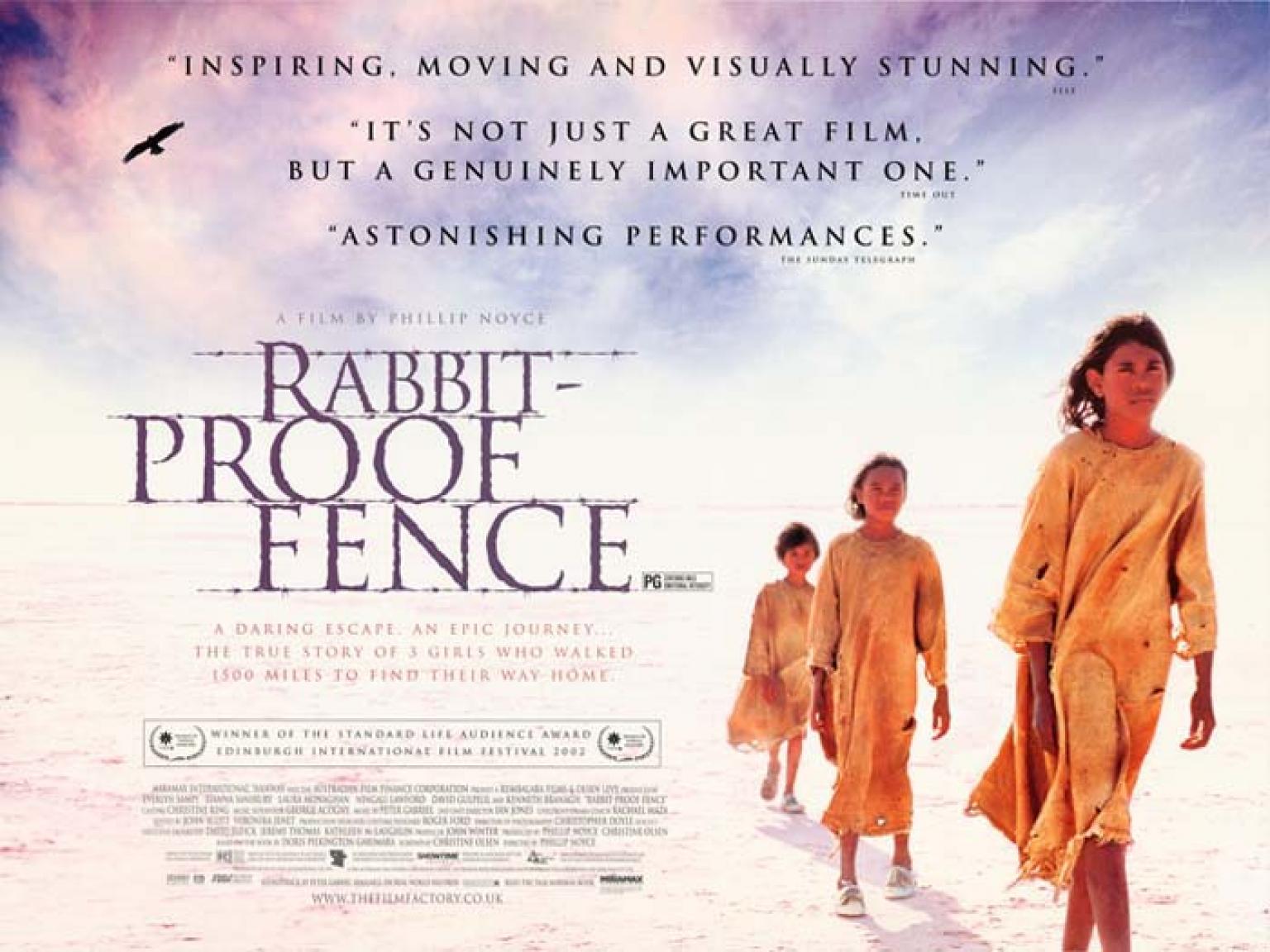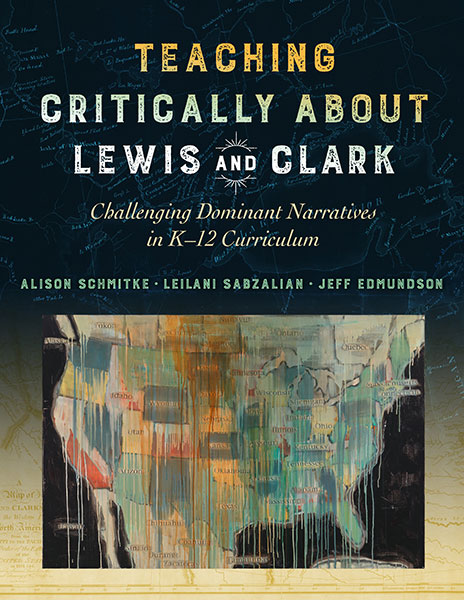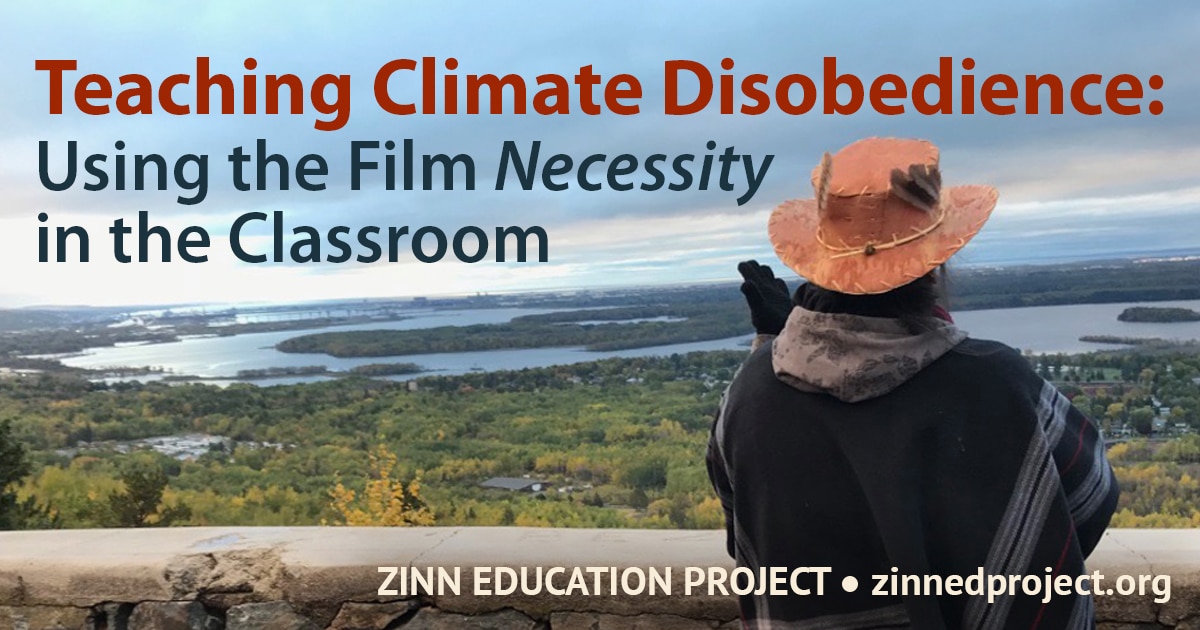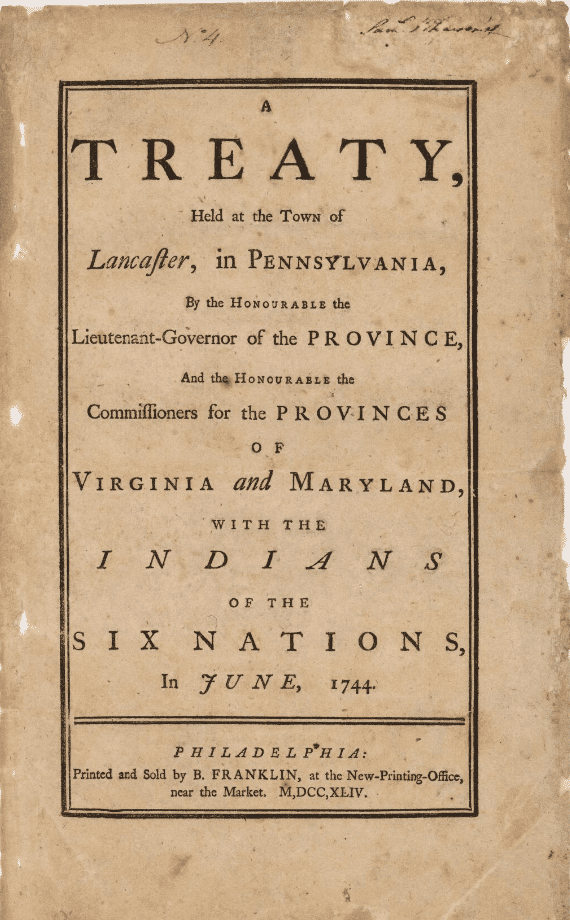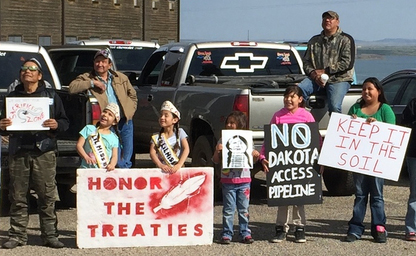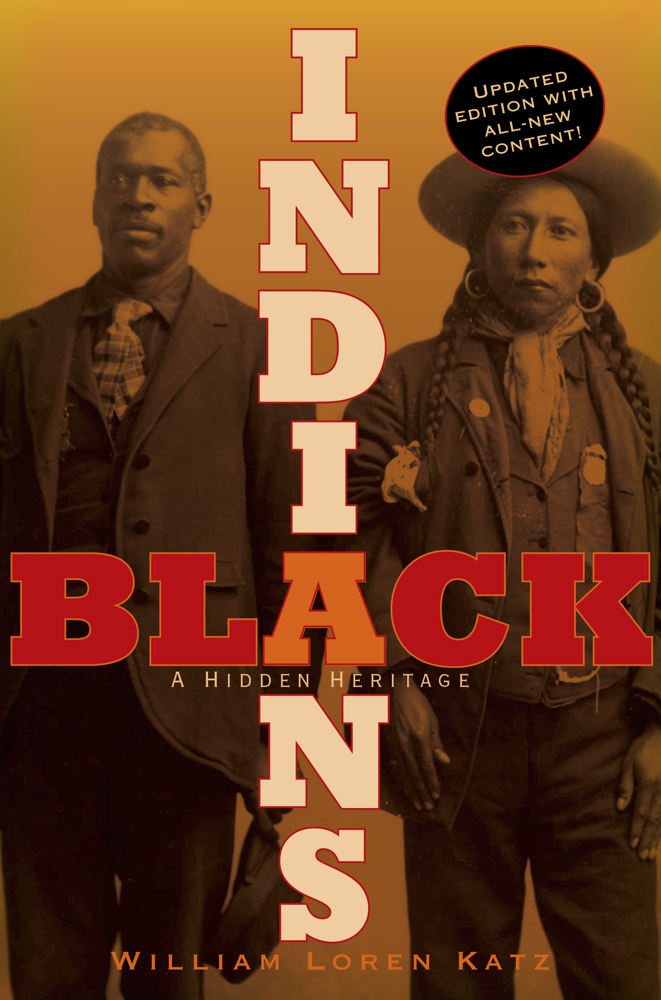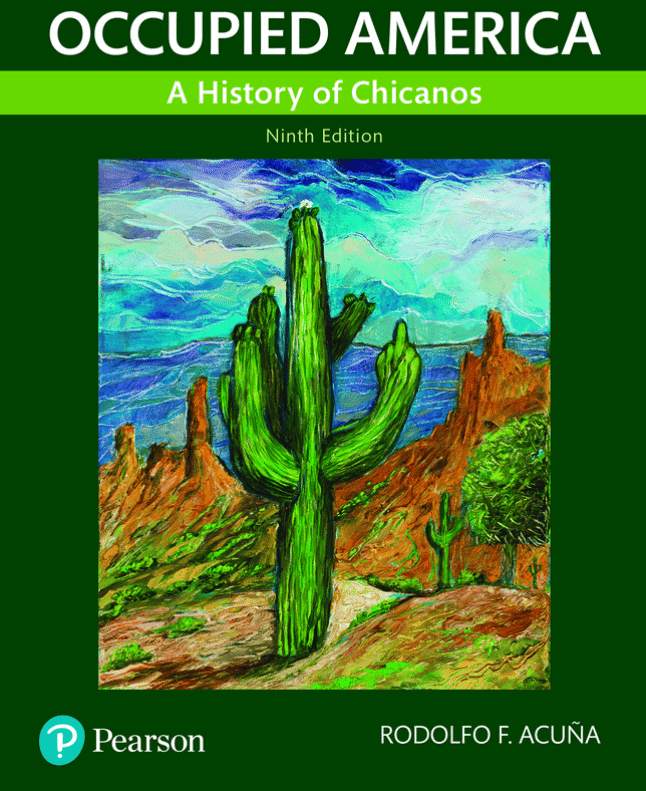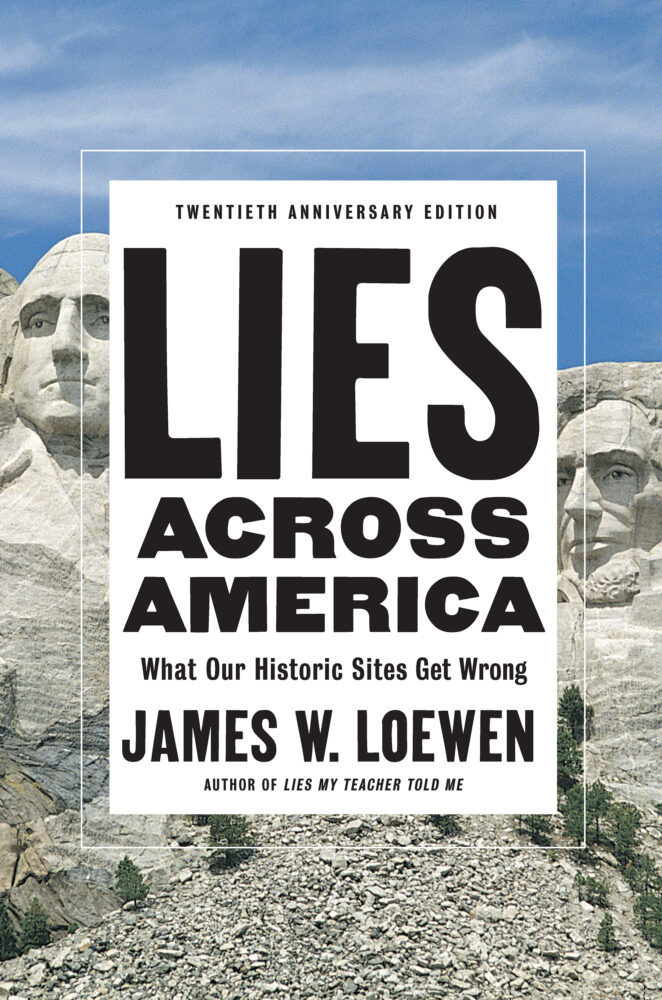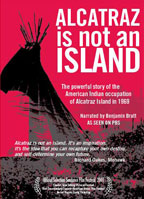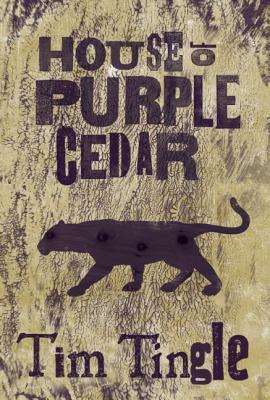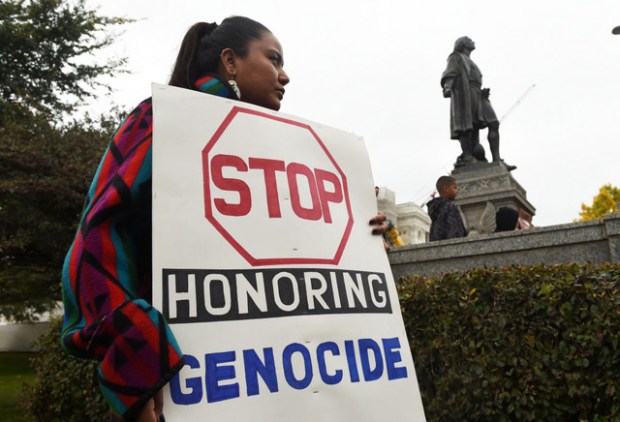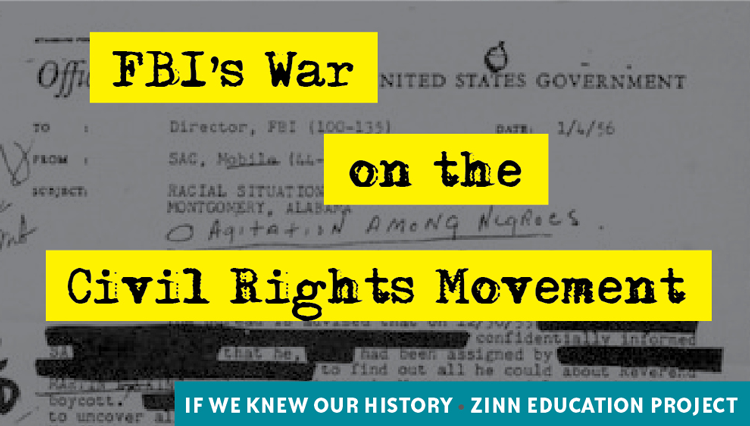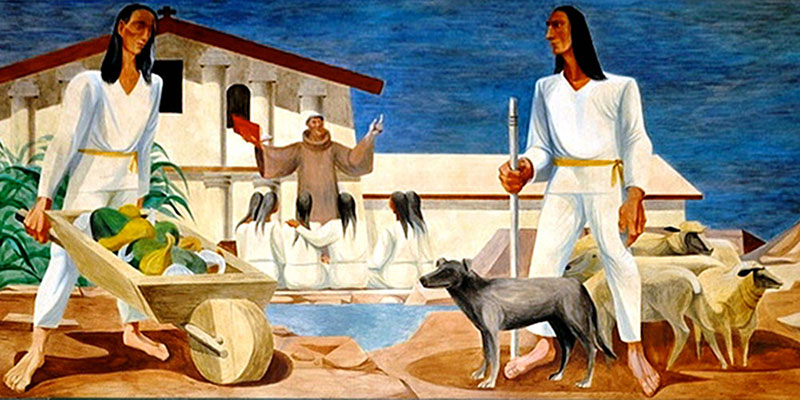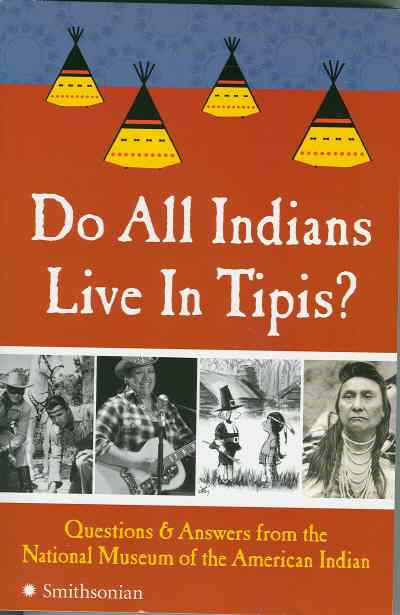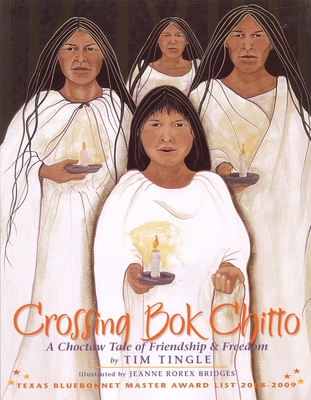Article. By Bill Bigelow. Rethinking Schools, Fall 2018.
Teaching hope instead of despair, teachers invite students to research “climate warriors,” those who “know the truth” and yet are not defeated by it.
Continue reading
Teaching Activity. By Rowan Shafer. Rethinking Schools.
A teacher adapts the “Climate Change Mixer” designed for older students as a springboard for a unit on global warming and climate justice. She asks, "How could I bring up an issue so big and abstract, so gloom and doom, with 3rd graders? How could I not?"
Continue reading
Book — Non-fiction. By Winona LaDuke. 1999.
Native American activists provide testimonies to indigenous efforts to resist oppression and fight both cultural and environmental degradation in the face of U.S. colonialism.
Continue reading
Book — Non-fiction. By Michael Bronski, adapted for by Richie Chevat. 2019. 336 pages.
A young adult readers edition of the original text explores the history of LGBTQ+ experiences in the U.S. since 1500.
Continue reading
The government of El Salvador launched a murderous, anti-indigenous and anti-leftist campaign that led to the deaths of 30,000 Salvadorans.
Continue reading
Book — Non-fiction. By Ibram X. Kendi. 2016. 608 pages.
This book chronicles the origins and growth of anti-Black racist ideas, and their power, over the course of U.S. history.
Continue reading
Film. By Christopher Walker. 1996. 52 minutes.
This documentary reveals the funny, heartbreaking, and thrilling story of the battle waged by indigenous people to preserve their way of life in the Amazon, in the face of international capitalism and colonialism.
Continue reading
Book — Non-fiction. By Kate Schatz and illustrated by Miriam Klein Stahl. Ten Speed Press. 2020. 176 pages.
Paired with dynamic paper-cut art, readers explore several centuries of U.S. politics, culture, art, activism, and liberation.
Continue reading
Film. Directed by Phillip Noyce. 2002. 79 minutes.
In 1931, three aboriginal girls escape after being plucked from their homes to be trained as domestic staff and set off on a journey across the Outback.
Continue reading
Book — Non-fiction. By Alison Schmitke, Leilani Sabzalian, Jeff Edmundson. 2020. 216 pages.
This much-needed guide unpacks the colonial narrative that dominates most mainstream histories of the Corps of Discovery expedition.
Continue reading
Teaching Activity. By Ursula Wolfe-Rocca.
A lesson about multiple cohorts of climate activists: Indigenous leaders in the Climate Justice Movement, valve turners using civil disobedience to stop the flow of oil, and the legal team that uses the “necessity defense” in the courts.
Continue reading
Digital collection. View digitized historic treaties between Indigenous tribes and the U.S. government alongside key historic works that provide context to the agreements made and the histories of shared lands.
Continue reading
The Standing Rock Sioux and allies founded a Spirit Camp along the proposed route of the Bakken oil pipeline, Dakota Access to protest the route's construction, and to raise awareness of its threat.
Continue reading
Book — Fiction. By Louise Erdrich. 1999. 244 pages.
Historical fiction set in the mid-19th century in the Lake Superior area.
Continue reading
Book — Non-fiction. By William Loren Katz. 2012. 272 pages.
History book for ages 10 to adult that traces relations between Blacks and American Indians since the time of the conquest.
Continue reading
Book — Non-fiction. By Rodolfo Acuña. 2020 (9th Edition). 464 pages.
A leading textbook on Chicano history.
Teaching Activity by Rodolfo Acuña
Continue reading
Book — Non-fiction. By James Loewen. 2019. 464 pages.
The mis-education provided by monuments and historic markers across the United States.
Continue reading
Film. By James M. Fortier. 2001. 60 minutes.
Documentary on a small group of Native American students and “Urban Indians” who occupied Alcatraz Island in November 1969, and how it forever changed the way Native Americans viewed themselves, their culture and their sovereign rights.
Continue reading
Book — Fiction. By Tim Tingle. 2014. 326 pages.
A young girl's story of growing up in Indian Territory in pre-statehood Oklahoma.
Continue reading
Audio CD. By Howard Zinn. 2011. 60 minutes.
Recorded in Madison, Wisconsin on October 9, 1991, Howard Zinn challenges the myths of the Columbus legend.
Continue reading
Book — Non-fiction. By National Museum of the American Indian. 2007. 256 pages.
Introduction to Native American history and contemporary culture.
Continue reading
Picture book. By Tim Tingle. 2008. 40 pages.
A picture book that highlights rarely discussed intersections between Native Americans in the South and African Americans in bondage.
Continue reading

